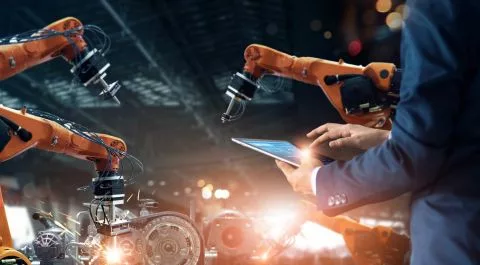The Engineer’s Role in the New Era of Automation
Robots no longer just execute instructions—they now learn, adapt, and make simple decisions in real time. Thanks to advances in machine learning algorithms, computer vision, and smart sensors, automation has entered an entirely new phase.
But for a machine to learn, someone must teach it. And that someone is no longer just a programmer, but a new kind of technical professional: the engineer who trains, adjusts, and validates the behavior of intelligent systems in operational environments.
What Does It Mean to Teach a Machine?
Unlike traditional programming, training a robot with learning capabilities requires:
- Modeling real-world data from the environment
- Simulating complex scenarios
- Setting safety limits and response thresholds
- Validating autonomous decisions
- Correcting system bias or deviation
This process moves away from pure coding and closer to process engineering, risk management, and applied logic. Engineers working with smart robotics must understand both the technology and the operational context.
New Skills, New Profiles
The rise of intelligent automation has given way to hybrid technical roles:
- Industrial engineers with knowledge of AI
- Robotics technicians with business vision
- Mechatronics profiles with cybersecurity focus
- Supervisors who act as “trainers” of machines
These profiles are not only hard to find—they also require different recruitment processes. Evaluating someone who will “teach” an autonomous system goes beyond technical tests. It involves exploring critical thinking, ethics, attention to detail, and the ability to make impactful decisions.
How We Do It at onhunters
At onhunters, we work with companies already implementing intelligent automation in their plants, warehouses, or production lines. And we’ve developed methodologies to identify the professionals ready to make that leap.
Our approach combines technical assessments, situational interviews, soft skills evaluation, and structured thinking analysis. Because the person who trains a machine must not only understand how it works—they must anticipate what it might do wrong.
Smart automation won’t replace engineers. But it will redefine their role: from operators to trainers, from executors to strategic technicians. And that’s where choosing the right person makes all the difference.



